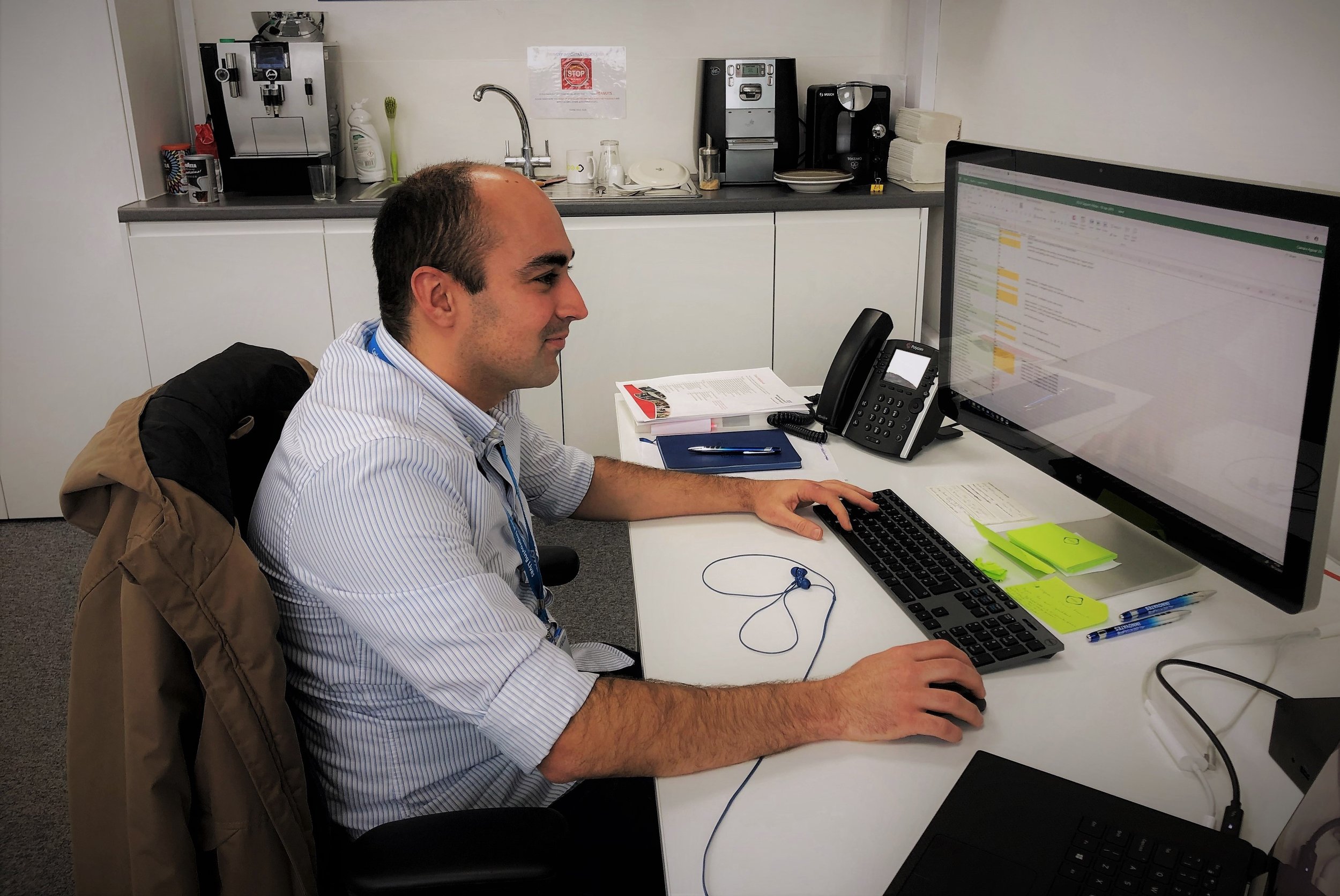Its about time
By Lindsay Young, CIRU Programme & Operational Specialist Support Officer
Professor James Batchelor, Director of CIRU and founder of EDGE recently contributed to eNews, the weekly newsletter keeping the University of Southampton’s Faculty of Medicine staff up to date with the latest announcements and news. A few times a year, James writes the “Medically Speaking Blog” for eNews, with various topics ranging from the UK’s emergence from the COVID-19 lockdown to reflecting on the importance of time.
His recent blog, “Making time”, was featured in eNews on 4th February 2022. In this piece, James discusses the absence of time: time for meetings, time for emails, and time for others, never mind time for ourselves.
Quote from James: “Unless we can change the turning of our blue marble planet, I believe we’ll be stuck with only 24 hours. It therefore all depends on how we use time.”
Do you feel like your day is out of your control or you have too much on? Someone on a podcast famously once said, “We all have the same 24 hours as Beyoncé”. As James deftly points out, on any given week he could have 33.5 hours of meetings scheduled, leaving only 6.5 hours left to do anything else (assuming he doesn’t eat!) and doesn’t work more than 40 hours a week. One must wonder how many hours of meetings Beyoncé has scheduled in a week. The reality of everyone having the ‘same 24 hours’ simply does not exist. “We need to be better gatekeepers to our diaries and, I dare say, our emails.” It is up to us, as James notes, to manage our time and be mindful of how we use other people’s time.
For more insight and to learn about the potential benefits of chucking your smartphone out the window, read James’s blog by clicking here.







